Frost action weathering, also known as freeze-thaw weathering or Frost wedging, is a geological process driven by the expansion and contraction of water within rocks and sediments. This natural phenomenon plays a significant role in shaping the Earth’s landscape, influencing the formation of various geological features. In this article, we will explore the mechanisms of frost weathering, its effects on the environment, and the benefits Frost wedging offers in geological evolution.
What is Frost Action Weathering?
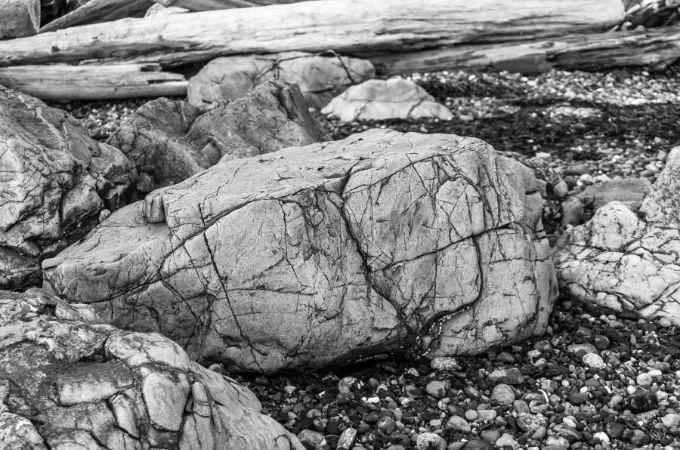
Frost action weathering occurs in regions with cold climates or high-altitude environments, where freeze-thaw cycles are common. Frost weathering happens when water gets into cracks in rocks and then freezes and expands. When the ice thaws, the rock can break apart. It’s like nature’s way of carving sculptures out of rock!
Mechanisms of Frost Weathering
How Does Frost Action Weathering Work? Picture this: water sneaks into tiny cracks in rocks. When it gets cold, the water freezes and turns into ice. As it freezes, it expands and puts pressure on the rock, making the cracks bigger. When the ice melts, the rock breaks apart a little bit. This process happens over and over again, slowly shaping the landscape.
(Read more: Planck Time and Planck Length: The Smallest Unit in Universe…)
Effects of Frost Action Weathering
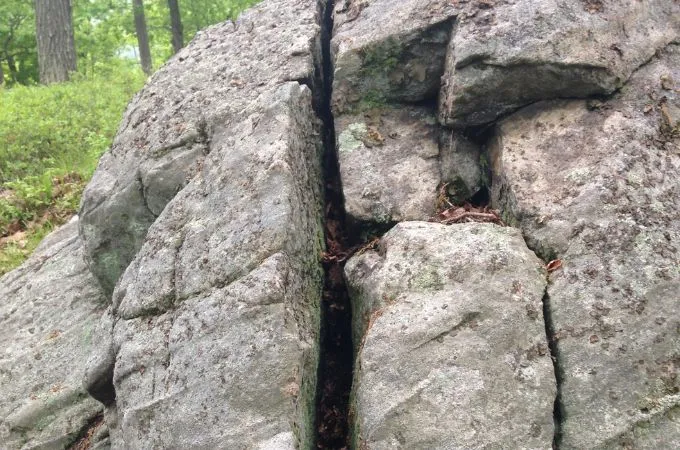
Frost action weathering has several notable effects on the landscape:
- Talus Slopes: Loose rock fragments, known as talus, accumulate at the base of cliffs and mountainsides as a result of frost action weathering.
- Frost-Shattered Boulders: Large boulders may undergo fracturing and fragmentation due to repeated freeze-thaw cycles.
- Scree Fields: Areas covered with small rock fragments, called scree, are common in regions where frost-action weathering is prevalent.
Benefits of Frost Weathering:
While frost action weathering can cause erosion and destabilization of rock formations, it also offers several benefits:
- Soil Formation: The breakdown of rocks by frost action weathering contributes to the formation of soil, providing a substrate for vegetation growth.
- Geological Diversity: Frost action weathering plays a key role in creating diverse landforms, including valleys, gorges, and rock formations, which contribute to the geological diversity of the Earth’s surface.
- Nutrient Cycling: As rocks weather and break down, essential nutrients are released into the soil, supporting ecosystem productivity and nutrient cycling.
(Read more: Types of Tropism in Plants: With Examples and Mechanism…)
Human Impacts and Engineering Considerations:
Frost action weathering can pose challenges for human infrastructure, particularly in frost-prone areas. Roads, bridges, and buildings may experience damage from frost heave, where frozen ground expands and lifts paved surfaces.
- Mitigation Strategies: Engineers employ various strategies to mitigate the effects of frost action weathering on infrastructure, including:
- Frost-Resistant Materials: Using materials that are less susceptible to frost damage, such as asphalt concrete with additives or reinforced concrete.
- Drainage Systems: Implementing effective drainage systems to prevent water from accumulating and freezing beneath paved surfaces.
- Insulation Measures: Installing insulation layers to protect vulnerable structures from frost penetration and heaving.
Conclusion:
Frost wedging is a dynamic geological process that shapes the Earth’s landscape and contributes to its geological diversity. While it presents challenges for human infrastructure, it also offers benefits such as soil formation, nutrient cycling, and the creation of diverse landforms. By understanding the mechanisms and effects of Frost wedging, we can better appreciate its role in geological evolution and implement strategies to mitigate its impacts on human activities.
(Read more: Top 10 Hormone-Balancing Foods for Optimal Health…)
FAQs about Frost wedging:
Q1. What is Frost weathering?
Ans: Frost weathering, also called freeze-thaw weathering, is like nature’s jackhammer. When water freezes and expands in rock cracks, it breaks the rocks apart slowly.
Q2. Where does Frost weathering occur?
Ans: It occurs in regions with cold climates or high-altitude environments where temperatures fluctuate above and below freezing, leading to the repeated freezing and thawing of water.
Q3. What are the effects of frost action weathering on the landscape?
Ans: Frost wedging can create various landforms such as talus slopes, where broken rock fragments accumulate at the base of cliffs, and scree fields covered in small rock debris.
Q4. How does frost action weathering benefit the environment?
Ans: Frost weathering contributes to soil formation by breaking down rocks into smaller particles, releasing nutrients into the soil that support plant growth and ecosystem health.
Q5. How do we deal with Frost wedging mischief?
Ans: Engineers get creative! They use special materials, build better drainage systems, and add insulation to protect roads and buildings from frosty damage.
(Read more: 10-Money Making Crops With Low-Investments…)
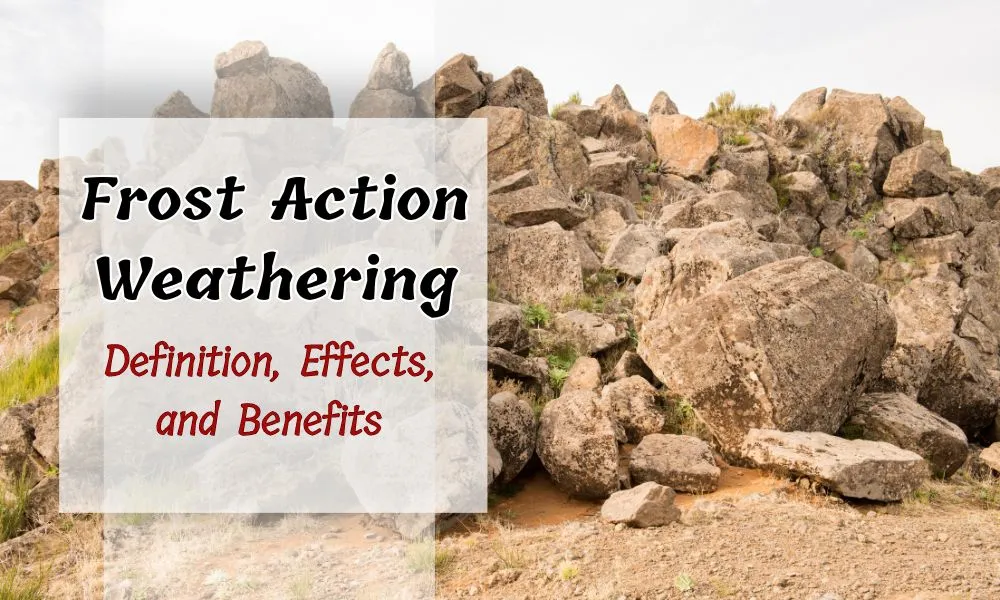

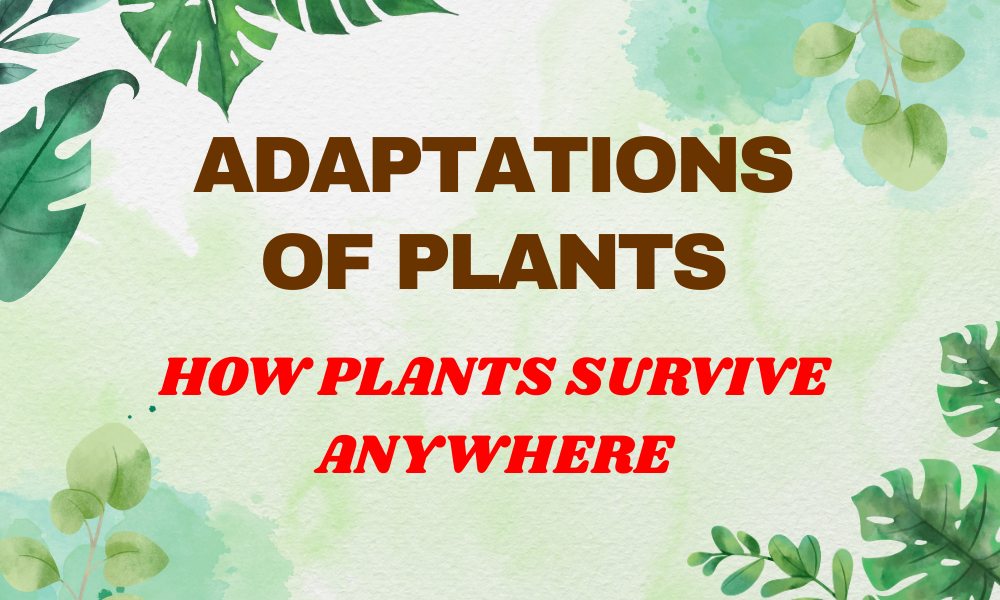






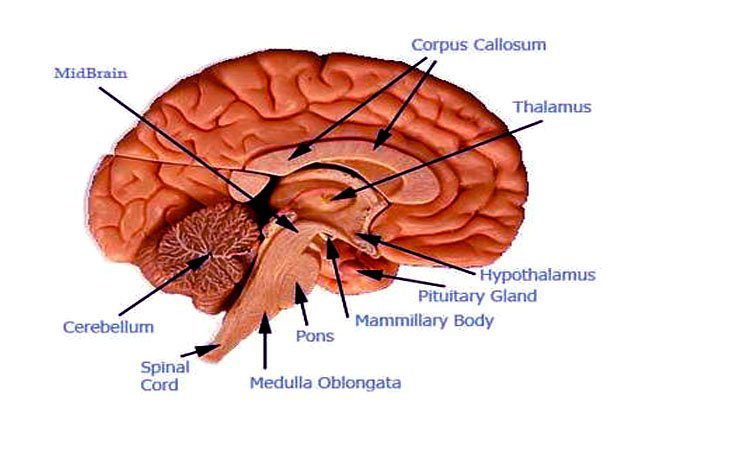















Leave a Reply